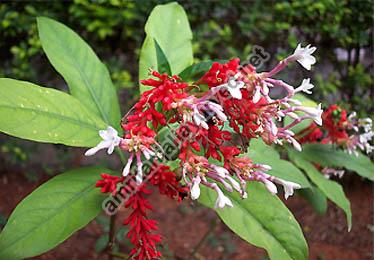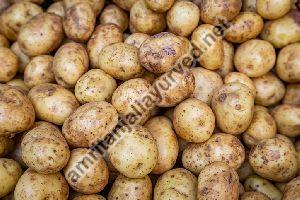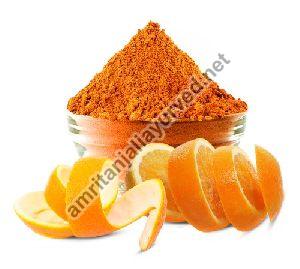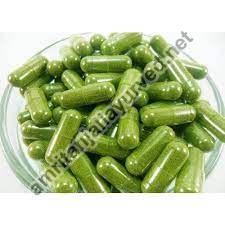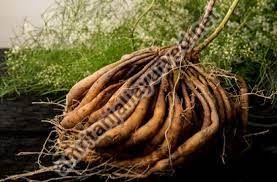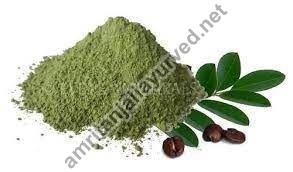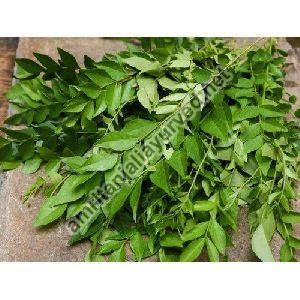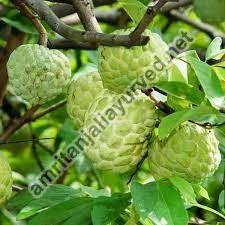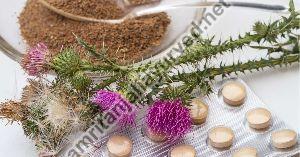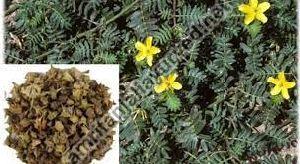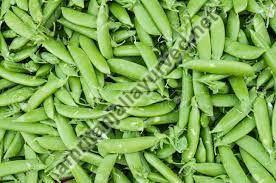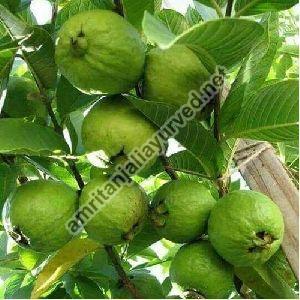Saheli Nagar, Udaipur, Rajasthan
- GST NO. : 08AAOCA7653C1ZJ
1000 plant (MOQ)
| Business Type | Manufacturer, Exporter, Supplier, Retailer |
| Ageing Period: | 12 - 24 Month |
| Organic: | Organic |
| Click to view more | |
Preferred Buyer From
| Location | Worldwide |
Product Details
Sarpagandha (Rauvolfia serpentina) is used in Ayurveda, Unani and folk medicines as well as in conventional western medicine. This plant is also known as Indian Snakeroot; in Sanskrit as Sarpagandha, Chandrika, Sarpakshi , Patalguruda; in Hindi as Chandrabhaga, Chota-chand, Sarpagandha; in Assamese as Arachoritita; in Bangla as Chandra; in Kannada as Sarpangandha, Sarpagandhi, Shivanabhiballi, Sutranavi, Patalagandhi; in Malayalam as Churannavilpori, Suvapavalporiyam; in Marathi as Harkaya: Harki; in Tamil as Chevanamalpodi; and in Telugu as Patalaguni, Patalagaruda, Sarpagandha.. The plant contains a number of bioactive chemicals, including ajmaline , deserpidine , rescinnamine , serpentinine , and yohimbine . The alkaloids in the plant reduce blood pressure, depress activity of central nervous system and act as hypnotics.
The useful parts are roots and leaves. According to Ayurveda the root is bitter, acrid, sharp, and pungent and anthelminic. Rauvolfia preparations are used as antihypertensive and as sedative. It is also used in the treatment of various central nervous system disorders associated with psychosis, schizophrenia, insanity, insomnia, and epilepsy.
We are capable of delivering the product range that is accessible from our massive inventory located at Udaipur(India). Defined as one of the celebrated names in the market, we are involved in offering excellent quality Sarpagandha Plants(Rauwolfia serpentina).
More About Sarpagandha Plants :
- Sarpagandha (Rauvolfia serpentina) is used in Ayurveda , Unani and folk medicines as well as in conventional western medicine. This plant is also known as Indian Snakeroot; in Sanskrit as Sarpagandha, Chandrika, Sarpakshi , Patalguruda; in Hindi as Chandrabhaga, Chota-chand, Sarpagandha; in Assamese as Arachoritita; in Bangla as Chandra; in Kannada as Sarpangandha, Sarpagandhi, Shivanabhiballi, Sutranavi, Patalagandhi; in Malayalam as Churannavilpori, Suvapavalporiyam; in Marathi as Harkaya: Harki; in Tamil as Chevanamalpodi; and in Telugu as Patalaguni, Patalagaruda, Sarpagandha.
- The plant contains a number of bioactive chemicals, including ajmaline , deserpidine , rescinnamine , serpentinine , and yohimbine . The alkaloids in the plant reduce blood pressure, depress activity of central nervous system and act as hypnotics.
- The useful parts are roots and leaves. According to Ayurveda the root is bitter, acrid, sharp, pungent and anthelminic. Rauvolfia preparations are used as antihypertensive and as sedative. It is also used in the treatment of various central nervous system disorders associated with psychosis, schizophrenia, insanity, insomnia, and epilepsy.
Market Potential : The natural reserves of this plant are declining as a result of over-harvesting especially after reports of its medicinal properties appeared in the literature. International Union for the Conservation of Nature and Natural Resources (IUCN) has kept this plant under endangered status. Importers , buyers within the country, processors, traditional practitioners, Ayurvedic and Siddha drug manufacturers throng the markets for procurement of this plant every year. Its domestic demand is quite large. As the production is much less in India , the internal market itself is highly potential.
Basis and Presumption :
- The agricultural land and related infrastructure is available with the entrepreneur.
- Prices are calculated as per the prevailing market rates.
- The yields depend on proper implementation of package of practices.
- Economics of cultivation greatly improves on scale of operation.
- This activity provides tax-free high returns. Additionally a number of government support schemes are available. Latest provisions need to be checked up.
- Market for medicinal plants is volatile and economics may vary from time to time.
Agri practices : Sarpagandha is an erect perennial shrub with a long, irregularly, nodular, yellowish root stock. The leaves are long, lanceolate and bright green in colour. They are borne on stem in whorl of three. The flowers are pink or white and are found in clusters. The fruits are small, globose; initially greenish purple in colour but eventually turning blackish when ripe. Flowering time is March to May in Indian conditions.
Soil & Climate : The plant prefers soil with plenty of humus and rich in nitrogenous and organic matter with good drainage. Alkaline soils are not suitable for commercial cultivation. The sandy loam to medium black cotton soils rich in organic matter with pH 6-8 and good drainage facility are suitable. It grows in a wide range of climatic conditions but flourishes well under hot humid tropical climates in open or partial shade. Elevations of 1300 m having a temperature range of 10-38oC and annual rainfall of 2500 mm are suitable to this species. Good yield is obtained in areas less prone to frost and having less severe winter.
Land Preparation : The land is ploughed deep in May and left for weathering. After pre-monsoon showers FYM is added followed by second ploughing and two cross harrowing to break the clods. The land is finally dressed by planking and beds are laid out. Nursery should be raised in a partially shaded area with adequate irrigation facility. Each bed should be about 1.5m wide, 150-200 mm high and of convenient length. Beds with shallow furrows 80-100 mm apart are prepared in April and irrigated.
Propagation :
- About 5-7 kg seeds are required for sowing one hectare area. Fresh seeds are preferred for sowing as their viability lasts for only 6 months. It has been observed that the seeds stored for more than a year are difficult to germinate. Therefore it is essential that seeds collected between September to December should be used for planting in the following season. Seeds are treated with Thiram (2-3 g / kg seed) after soaking in water for 24 hours and sown from the end of April to the first week of May at a distance of 8-10 cm and 1-2 cm deep. These are covered with a mixture of FYM and soil and irrigated daily. Germination is complete in 30-35 days. The germination rate varies from 10-50 per cent.
- It can also be propagated by vegetative means using stem and root cuttings and root stumps. Root cuttings 30-50 mm long and not exceeding 125 mm diameter are planted in June- July and are covered completely with the soil leaving only 10 mm above the surface. The cuttings sprout within 3 weeks if there is good moisture. Success rate is 50-80 % and around 100 kg of root cuttings are required to plant one hectare area. Stem-cuttings 150-200 mm long with 3-4 nodes are planted in the nursery in June and kept moist until they sprout. Cuttings treated with IAA (30 ppm) initiate rooting in 15 days. The success rate obtained in stem cuttings is about 65%. In case of root stumps, approximately 50 mm roots with a portion of stem above the collar are planted in May- June in irrigated fields. Though around 90-95 % of success is obtained in this method, only one plant can be raised from a single stump.
- Seedlings, 40 - 50 day old bearing 4-6 leaves, are ready for transplantation in the first week of July. These seedlings are uprooted and treated with Bavistin 0.1% for 30 minutes and then transplanted at a distance of 450 x 300 mm in the main field. This is followed by a light irrigation. Around 10-15 % of the seedlings are retained for gap filling 10-15 days after planting.
Fertilizer : Generally organic cultivation is practiced. Before sowing 10–15 tonnes of farm yard manure/ha is used. In the nursery, FYM (1/3rd of recommended dose) along with 2/3rd of soil mixed with 10 % B.H.C @ 20 kg per hectare is required. 30 kg Nitrogen and 30 kg each of Phosphorus and Potash per hectare are required. At the time of planting, 1/3rd of Nitrogen and the entire dose of Phosphorus and Potash are applied 450 mm away from the rows and 70-100 mm deep. 50 days after planting 2/3 rd Nitrogen is applied and the remaining Nitrogen is top dressed in the next rainy season.
Irrigation
- Nearly 15-16 irrigations are required. Irrigation is required twice a month during hot dry season and once a month in the winters.
- Sarpagandha being a long duration crop and slow in growth in the initial stages can be intercropped. Vegetables like brinjal, cabbage, okra and soybean may be planted in Kharif
Weed Control : Two weedings in the first year and one weeding in the second year followed by one hoeing usually at the beginning of the growing season are required. Flowers appearing on very young plants should be nipped to promote root growth.
Pest control : The major pests appearing on this crop are moth, grub, black bug and weevils. Grubs can be controlled by mixing BHC 10 % with the soil at the time of land preparation, whereas caterpillar, black bug and weevils can be managed by spraying Asataf 10g / 10 L of water. Diseases like Leaf spot, Anthracnose and Dieback are known to cause damage to this crop. Leaf spot and Dieback can be controlled by spraying 0.2% Dithane Z-78 or DM-45 in early June before monsoon and repeat the spray at monthly intervals until November. Anthracnose can be controlled by spraying Blitox 50WP @ 40 g in 10 L of water.
Harvesting : The crop is ready for uprooting after 18 months of planting when the alkaloid content is maximum, i.e. 1.4%. It is irrigated 8-10 days prior to uprooting and the above ground foliage is cut and roots are taken out 5.0 Post harvest operations
Drying : The roots are cleaned, washed and dried in shade till the moisture content reduces to about 8%. As the outer skin contains about 80% of the total alkaloid, the skin should not be damaged while cleaning the roots. Brown to black coloured seeds, which appear from August to December are collected and soaked in water for 15-20 hours and rubbed with hands to remove seed coat. The seeds are washed thrice and dried. Dried seeds are stored in moisture proof place for next sowing. The weight of 100 seeds is about 3.5-4 g.
Yield : Average yield per acer is 2000 kg dried roots and 200 kg seeds.
Economics of one acer sarpgandha cultivation Expenses :
- Sarpgandha plant one acer 20,000 plant * 7 Rs.per plant = Rs 1,40,000/- ( including plants, transportation,supervision, consultancy)
- Per acre fertilizer one year. = Rs.20,000/-
- Land development = Rs.10,000/-
- Labour in plantion = Rs.15000/-
- Total expenses = Rs.1,85,000/-
Income :
- 100 k.g. seed within the first year of plantation.
- In total two year income 200 k.g.seeds * 1500 rs.per k.g.buy back = Rs. 3,00,000 /-
- 2000 k.g. dried roots within the second year of plantation.
- 2000 k.g.dried roots * 300 Rs.per Kg buy back = Rs. 6,00,000 /-
- Two Years Total Income = rs. 9,00,000/-
- Expenses = - Rs.1,85,000/-
- Net Profit = Rs. 7,15,000/-
Sarpgandha material available :
- Sarpgandha Plant
- Sarpgandha Seeds
- Sarpgandha Dry Roots
- Sarpgandha Dry leaves
With a proper network of buyers with us, we are able to provide returns of the farmers/cultivators who purchase the planting material from us and do farming as per our instructions. The crop/crops under buy back agreement are provided with targeted requirements. We are making farming a business which gives assured profits.
Persons interested in farming with buy back agreement will be entertained only on prior appointment basis. +91-9799931200
Looking for "Sarpagandha Plants" ?
Explore More Products


